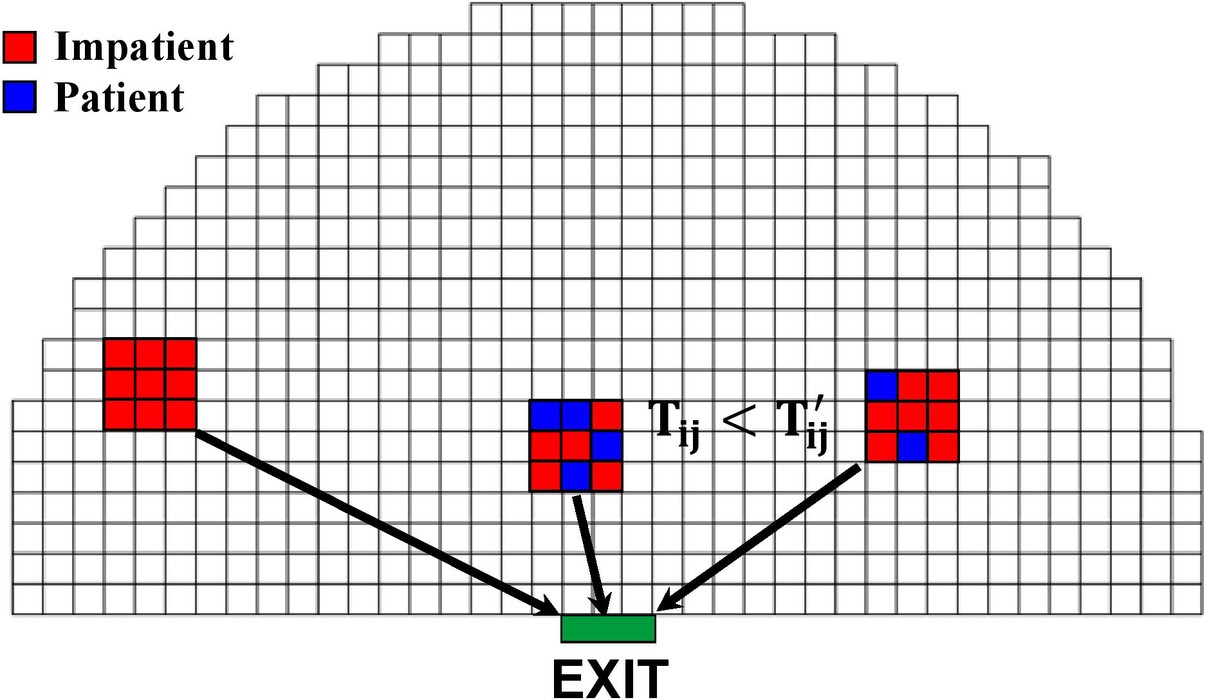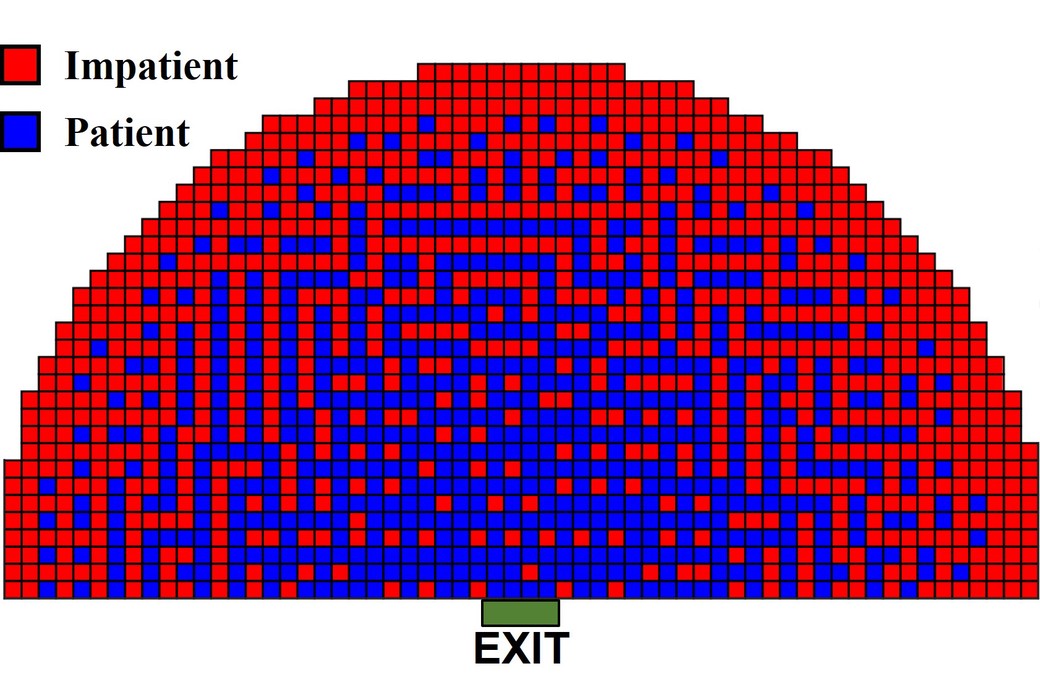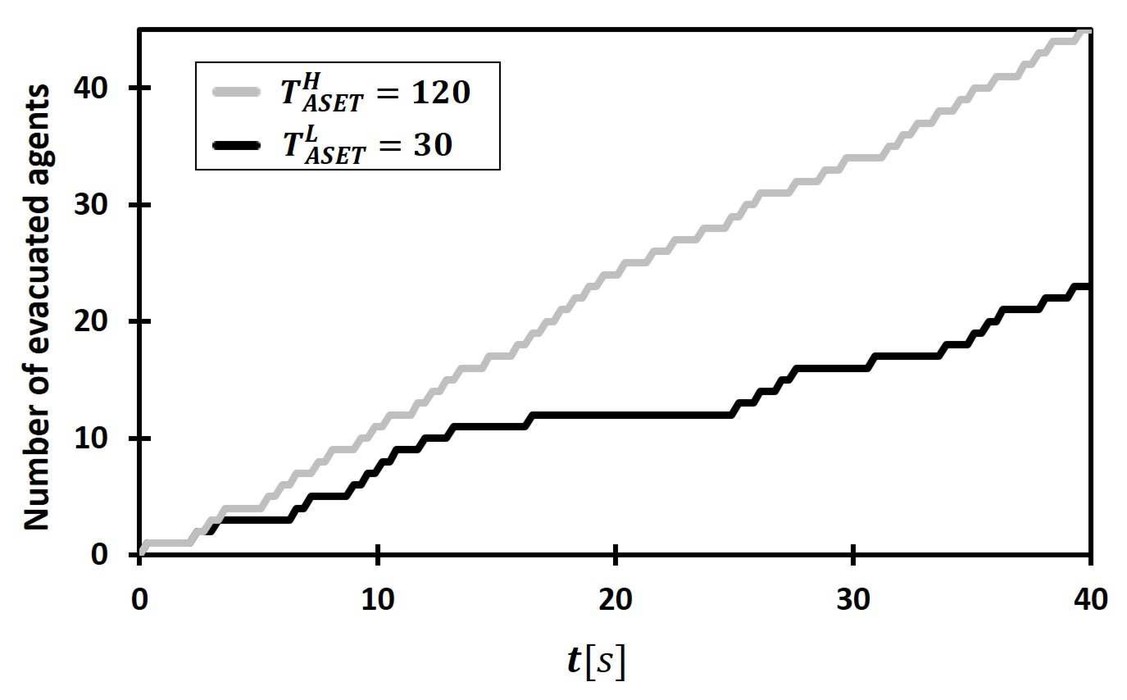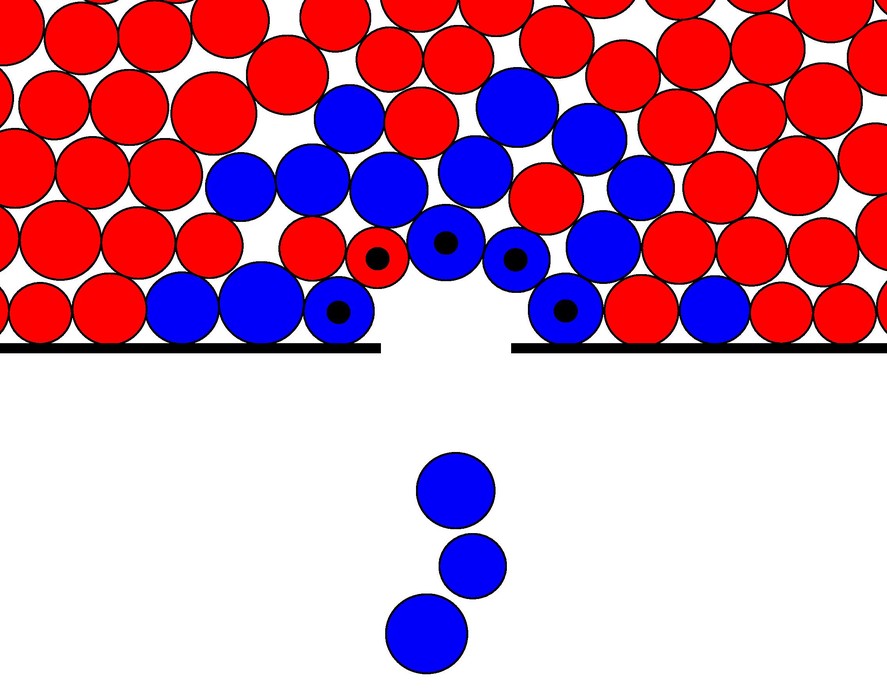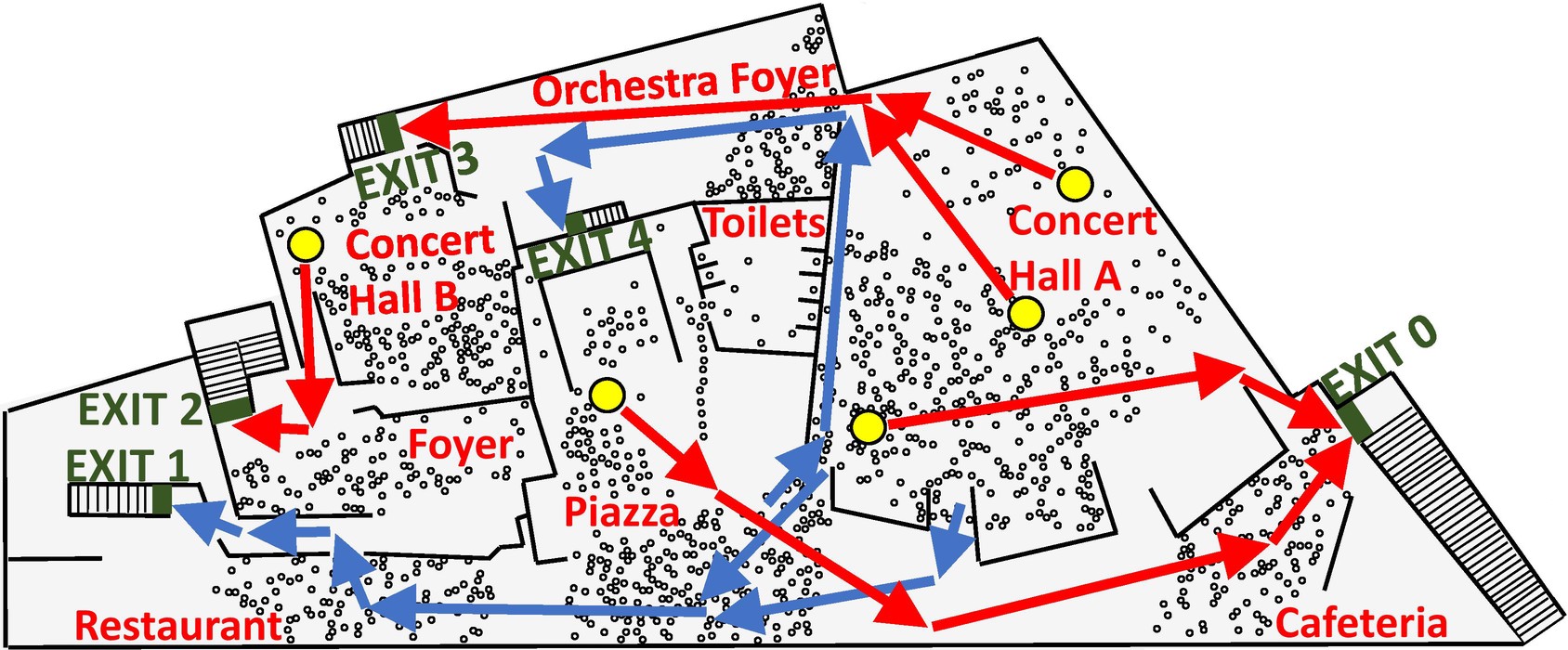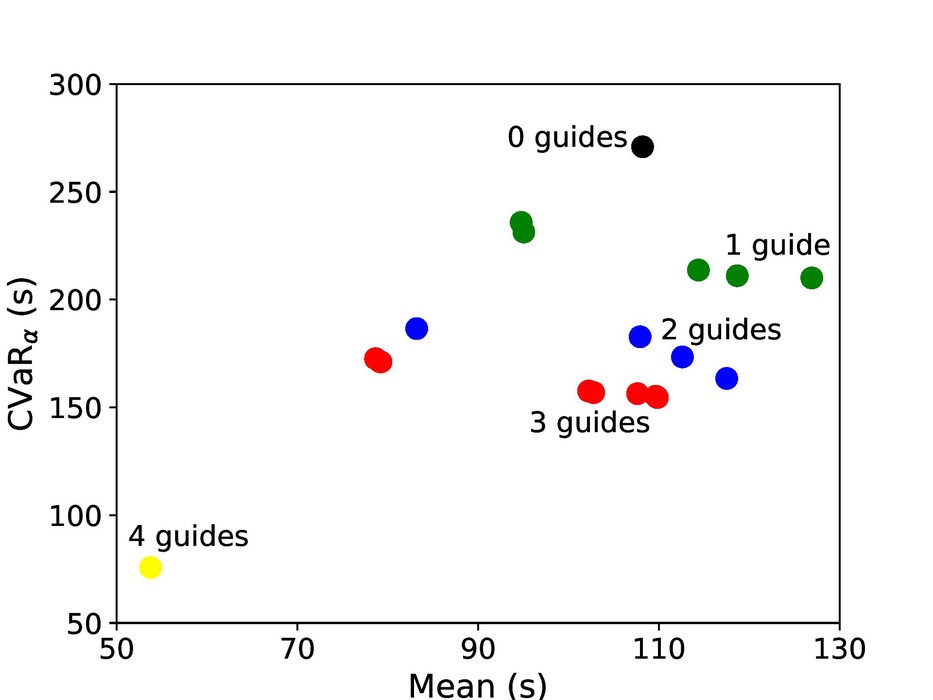About
NOTE: The information on this webpage might be outdated. I have not unfortunately had time to update this page in a while.
I am keen on helping businesses make better decisions by combining their data and machine learning and modeling expertise. I am an analytics consultant with a decade of industry experience. I also have a scientific background in systems and operations research.
Visit also my crowddynamics and evacuation research website crowddynamics.aalto.fi.
Tech stack: Python, SQL, R, JavaScript, Flask, AWS, Docker, Tensorflow, Gurobi, PowerBI, Tableau
Education
PhD in Systems and Operations Research, 2021
Aalto University
MSc in Systems and Operations Research, 2014
Aalto University
BSc in Systems and Operations Research, 2014
Aalto University
